How to Adjust Your Rescue Pup: Experts Explain the 3-3-3 Method (Exclusive)
Published Feb. 25 2021, 3:37 p.m. ET
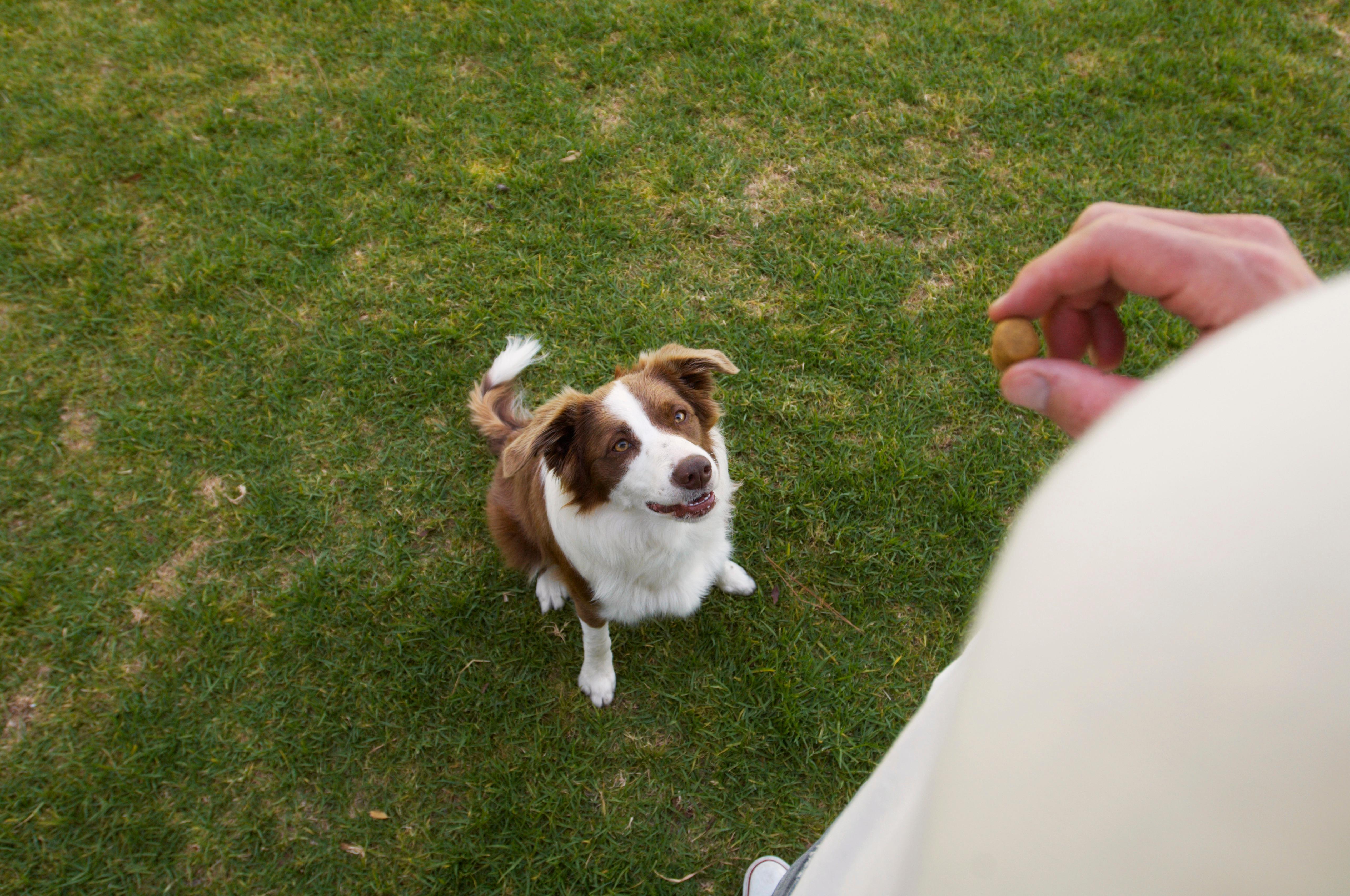
There are many different dog training techniques out there, but if you're considering bringing home a rescue dog, we suggest looking into the 3-3-3 method. Rather than a training technique, the 3-3-3 method focuses on adjusting your pup to their new home, while managing expectations for the owner within the first three days, weeks, and months of bringing home your new fur baby.
“The rule of three, the 3-3-3 rule, is a general guideline that is meant to prepare new dog owners to know what to expect in terms of behavior as the dog becomes acclimated to the new home,” Nicholas DeRoma, veterinary technology, canine behavior specialist, and consultant for CatPet.club explains in an exclusive email exchange with Green Matters. “It is meant to be used as a general guideline to set an expectation; it is not always entirely accurate.”
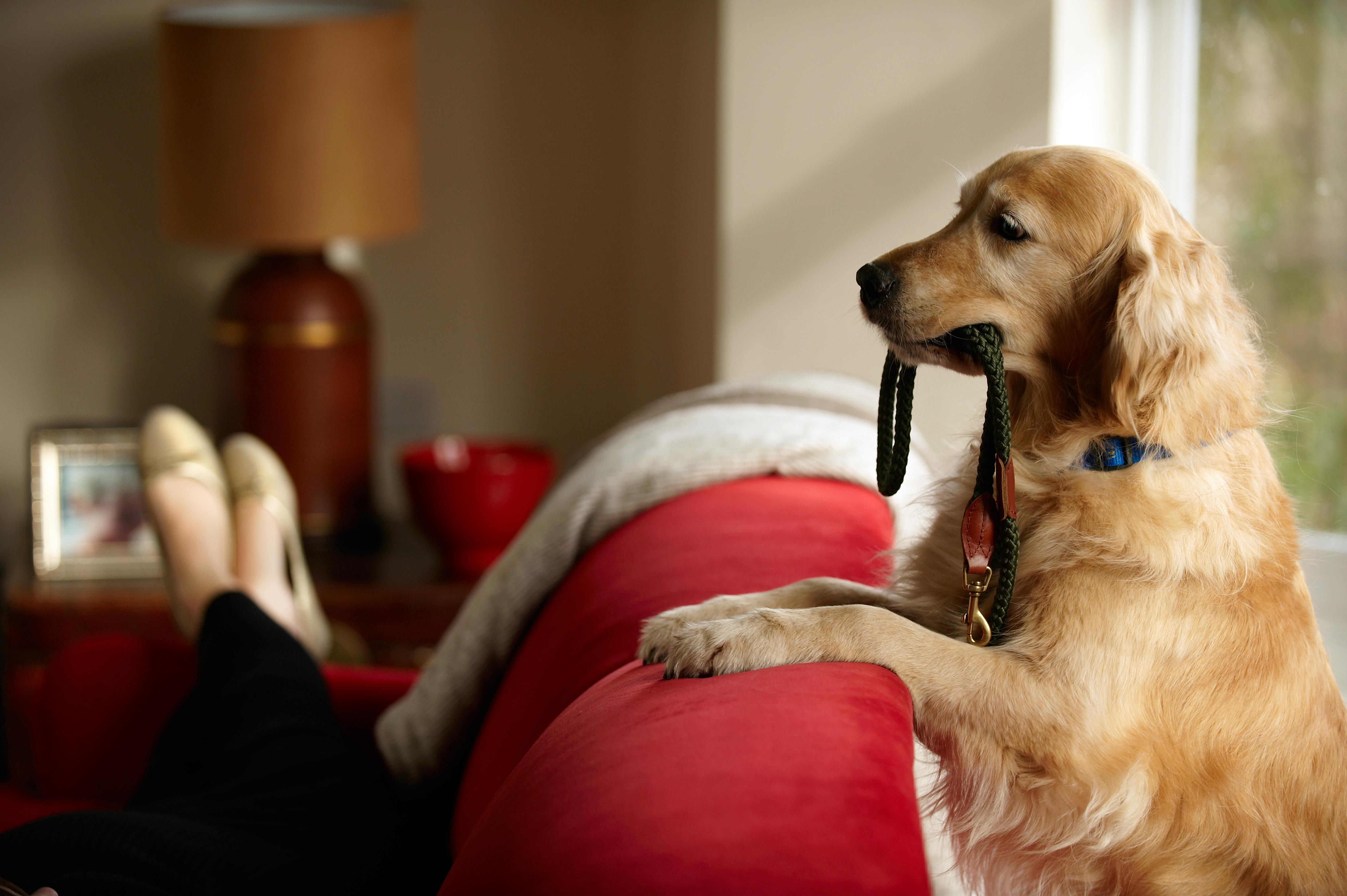
The first “3” refers to the first three days of bringing home your pet.
The first three in the 3-3-3 dog training method applies to the first three days after adopting an animal. As you can imagine, the first three might be the most exciting for the adopters, but for the dog, those first few days might be the most overwhelming.
“The first three refers to day three post-adoption,” DeRoma says. “At this point in the process, the dog is still new to the environment and the environment is still new to the dog, therefore owners should expect dogs to generally be at a higher state of arousal, in which they are more anxious and listless.”
This could mean a slew of different “wrong” or destructive behaviors, but remember: Your new pup is still acclimating and probably doesn’t yet understand that this is their forever home.
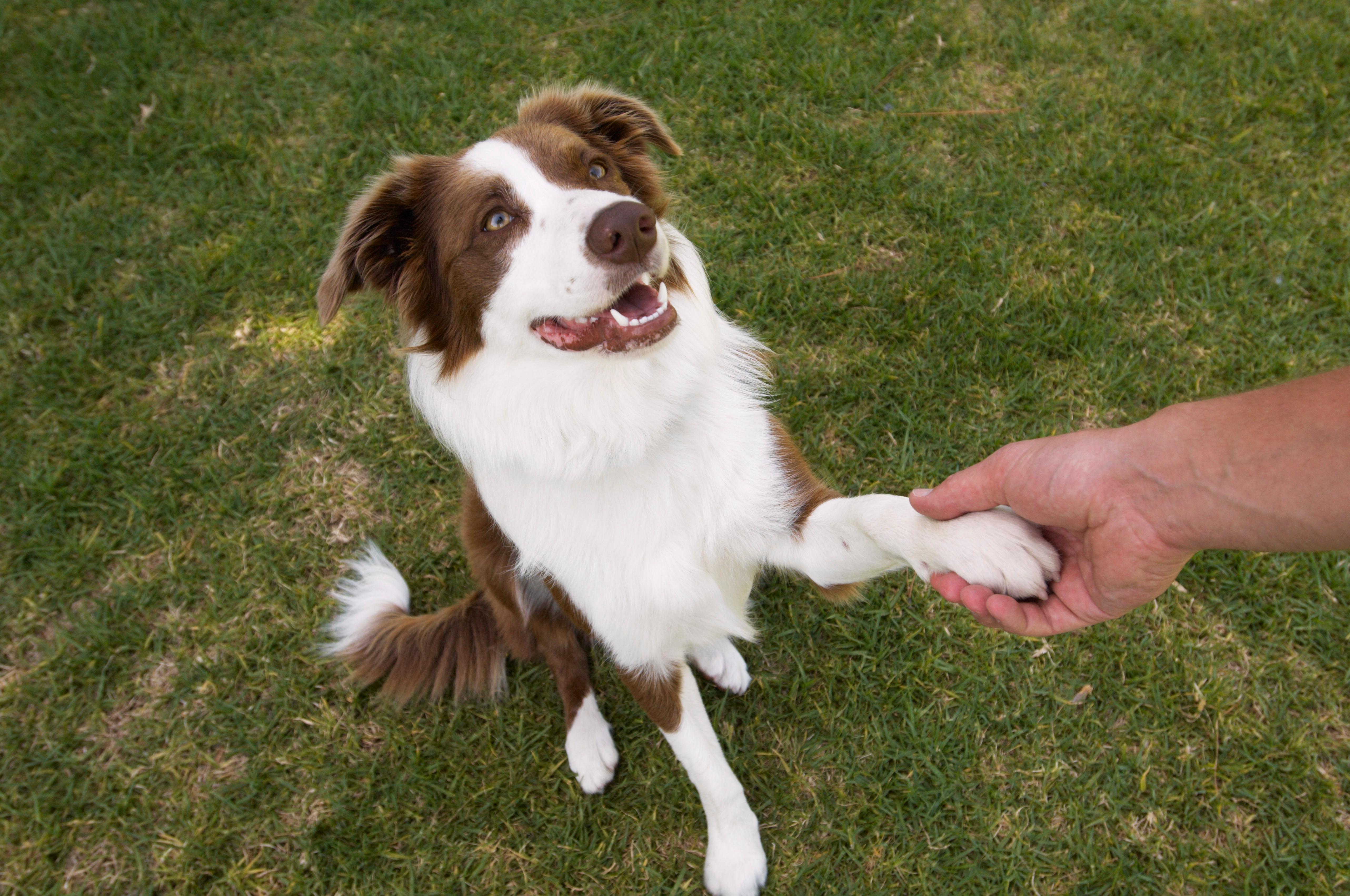
“Additionally, as the new owner is getting to know the dog, the dog is also getting to know the owner,” DeRoma explains. “Generally, at this point in the process, the dog does not fully understand the boundaries and expectations of the owner yet, and for this reason, day three is typically still chaotic.”
It can equally stressful and exciting, but being prepared is crucial. To prepare for the first three days, there a few things you can do: dog-proof your house, double-check backyard fences for holes, broken latches, or low-level areas through which a dog could dig under.
“This stage in the process is typically the most frustrating and patience is required,” DeRoma adds.
During these first three days, you must remember that your dog is under quite a bit of stress with a new home, new surroundings, and new people. Ali Smith, founder of Rebarkable, tells Green Matters that it's important to lead with that information at the forefront of your mind, and to make things as comfortable (and as least-overwhelming) as possible.
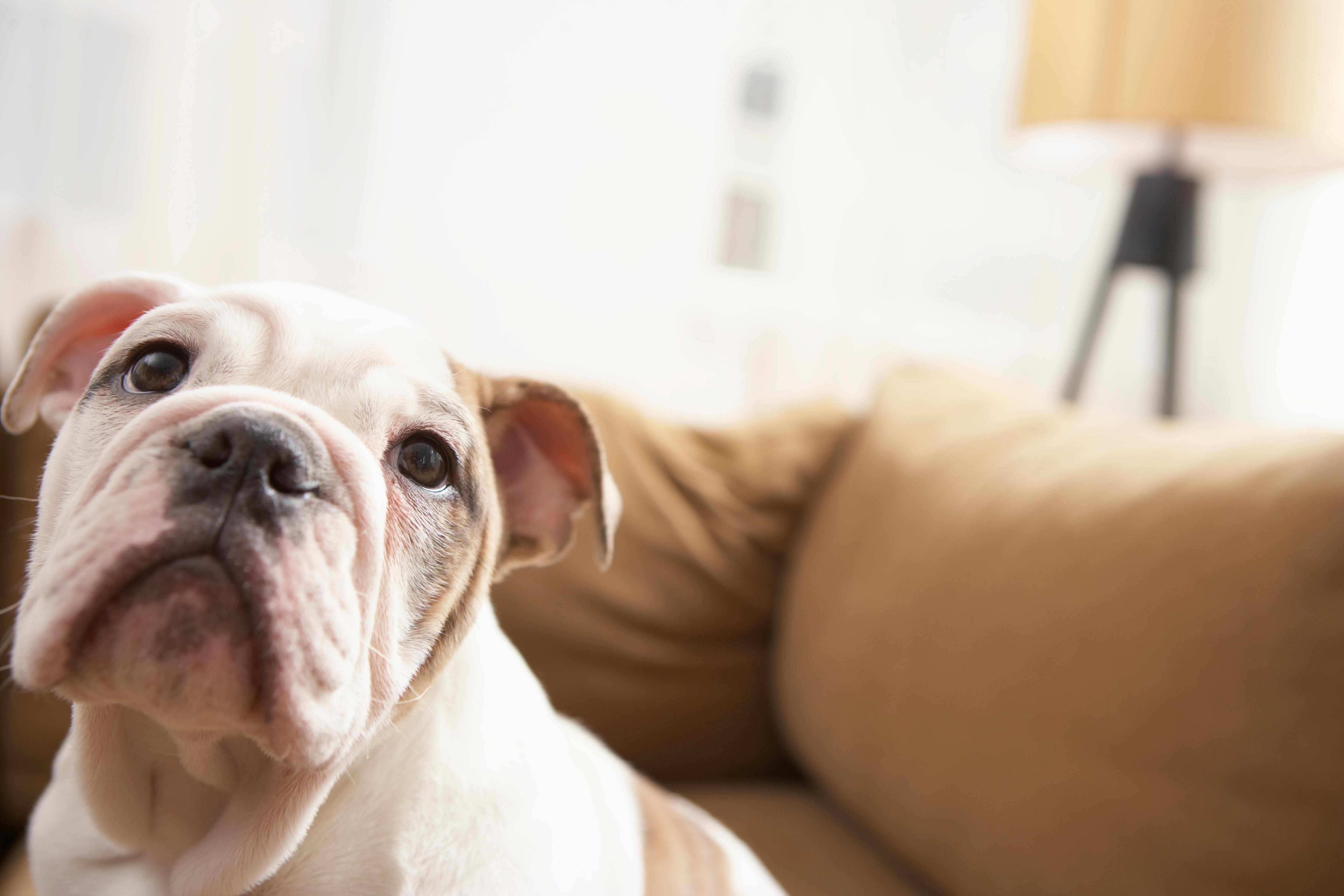
“There are two ‘normal’ displays of fear [during] this stage – cower or flee,” Smith explains. “Some dogs will push themselves into a nook of your home that they deem to be safe. They may also be reluctant to eat food, which can be immensely discouraging for a new adopter. The other option [is] to flee. This one is incredibly dangerous.”
You can create a safer environment for your dog’s introduction by limiting your dog’s interactions at first and of course, dog-proofing your house and yard. Limiting visitors, blocking off the upstairs, and installing a fool-proof fence that stays closed helps.
“Limit to a few members of the family and it’s not advisable to bring in visitors right now,” Smith recommends. “No matter how excited your family and friends might be!”
The second “3” is the third week of your pet's presence in your home.
Any behavior during the first three days can most likely be attributed to the stress of moving homes and being in a new environment. But according to DeRoma, most rescue dogs become significantly more acclimated by the time week three – the second three in 3-3-3 – rolls around.
“The second three refers to three weeks post-adoption,” DeRoma explains. “At this point, dogs are usually much more settled in. Thus, this is also the point where the dog’s true personality becomes observable.”
You can think of the second three as your dog’s true colors shining through. By the third-week mark, they will be mostly relaxed about the stability of their environment. You might find that your dog is more ready and willing to play, feels more energetic, has settled into some noticeable behavior patterns.

If you notice your dog settling into some behavioral issues at this point, it’s best to correct them now. The three-week point is the perfect time to get into formal training.
“Any behavior problems that are noticed at this point are typically not related to the stress of transitioning into a home from another environment and should be addressed,” DeRoma explains.
The third “3” refers to the three-month mark, post-adoption.
The third three refers to the three-month mark after adopting your new pup. At this point post-adoption, your dog is most likely to be super comfortable and will understand that this is their forever home.
Aside from being comfortable in your home, your dog should also feel comfortable with you. The two of you (and any other family members) should have established a strong bond full of trust and respect. Your dog should have reasonable expectations that you are the leader and of their own daily routine. He knows when he’s about to be fed, where to sleep, and likely, what he can get away with.
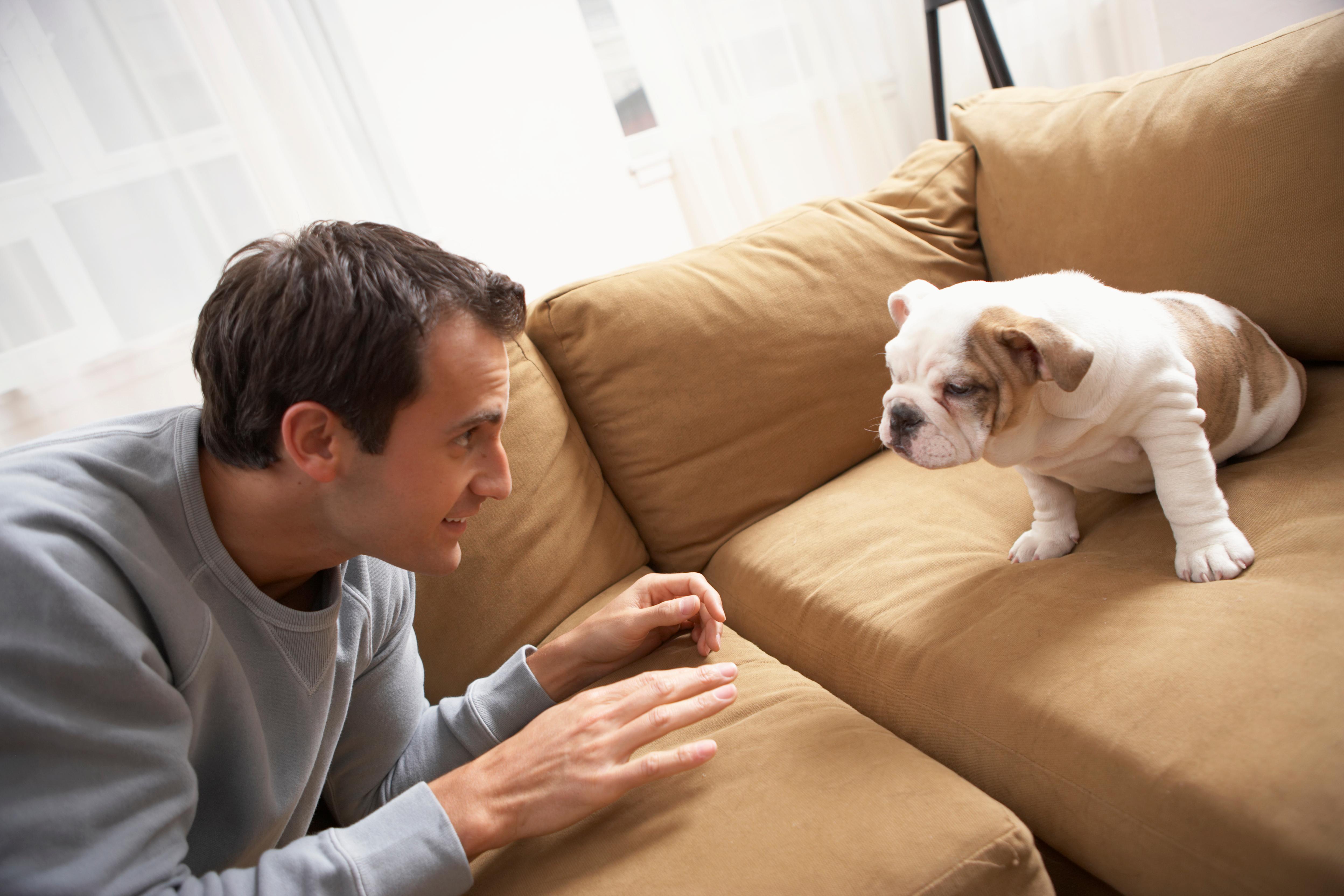
“At three months, it is safe to say that the dog is fully settled in and considers your home his home,” DeRoma says. “Any problematic or challenging behaviors at this stage need to be addressed by a credentialed trainer, veterinarian, or behaviorist.”
What DeRoma points out is true. Behavioral issues at this point can no longer be attributed to the dog’s transition, so these habits will likely be here to stay if not taken care of by a professional trainer, vet, or behaviorist.
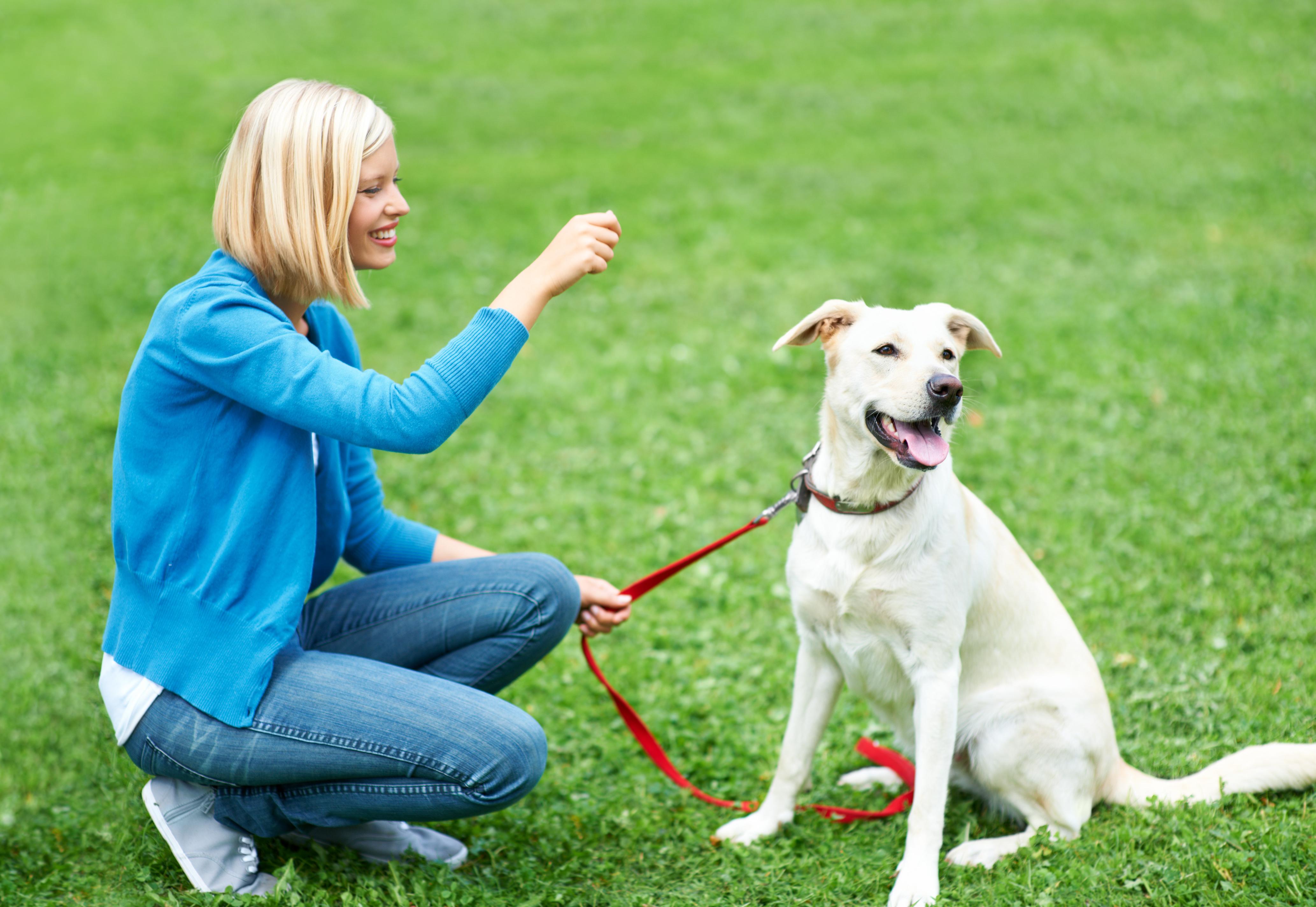
That’s not to say that your dog’s behavior after three months of living with you isn’t malleable — it’s totally normal for a dog to make mistakes, whether it's an accident, or displaying territorial behaviors. Other than that though, your dog is at their most authentic right now. They’re happy, content, and comfortable, making it the perfect time to take some of those previous limits away.
“After this stage, your dog is entirely happy in its home and can be treated much the same as other dogs,” Smith says. “It’s a great time to keep moving [forward] with your bond and to start taking those awesome hikes you promised yourself. Or maybe consider some dog sports?”